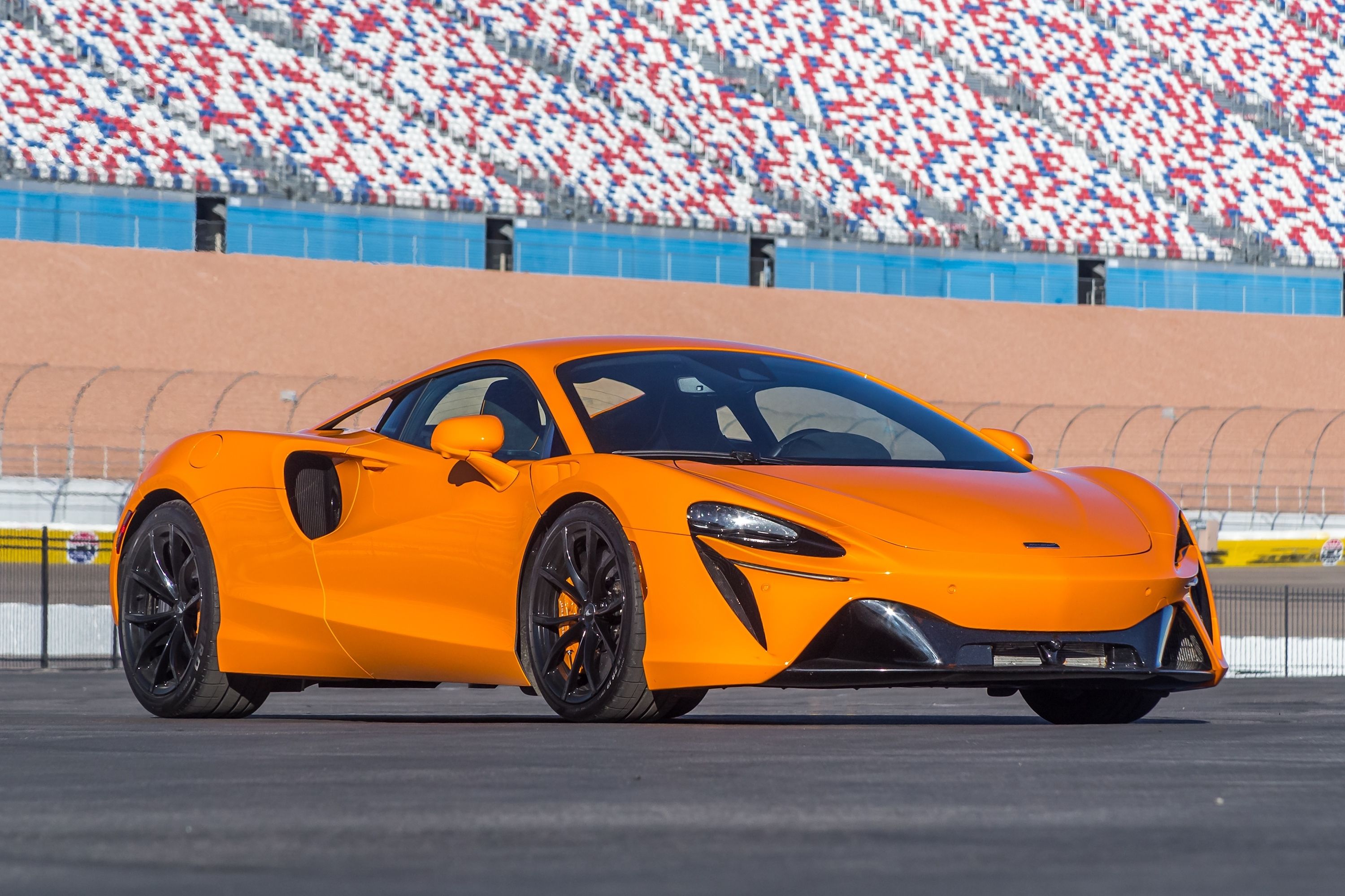
At the recent American launch drive of the McLaren Artura, Jamie Corstorphine, McLaren's Director of Product Strategy, spoke to CarBuzz about the challenges McLaren anticipates as the world goes electric. The brand was one of the first to dabble in hybridization for the sake of performance with the world-beating P1 hypercar before introducing the Speedtail and now the Artura. But the big question is if electrification will be the way forward with everything now.
"Well, how long have we got? It's a complex question," Corstorphine said, laughing. "Absolutely, we are moving to electrify all our range, and I'll say all new models, and I mean models, will be electrified going forward." But electrified doesn't mean electric, and McLaren sees benefits to how hybrid supercars perform. As far as electric cars go, there's still government legislation standing in the way since no two countries have the same guidelines on the matter.
"[Electrification is] our plan, but caveat that because the regulatory landscape is not clear. At all. The landscape we're interacting with has continent-wide policies, which is Europe, then federal, state, and cities in terms of, you know, clean air. The landscape is not set in stone yet." Corstorphine is largely referring to the European Union's intended 2035 ban on the sale of combustion vehicles, but as we well know, there are still potential loopholes for synthetic fuels and other options. It also hasn't been made official yet. "The European Commission has given clear guidance of what they want to do, but it's not in law yet." However, it's clear what they want: "They want zero tailpipe emissions," but the means to achieving this is open.
Meanwhile, other countries have different regulations. "In the UK, the government has said that any car sold after 2030 will have to be hybrid, then anything beyond 2035 will need to be electric. They're being prescriptive about the technology as opposed to the European Commission," he tells us. But even within the UK's framework, Corstorphine identifies problems: "The UK government has not said, for example, what constitutes a hybrid vehicle. Then there are all kinds of criteria like volume of manufacturing, you know, small manufacturing versus ultra-small volume manufacturers."
The latter is a key point, as the production volume affects the laws enacted on certain manufacturers. It's this legislation the Italian government is seeking to leverage in its bid to allow the likes of Ferrari and Lamborghini to keep producing incredible V8 and V12 engines.
And all of the above is before taking other continents, like America, into consideration. It's clear that James' job isn't like the product planners of old. When McLaren built the F1 in the 1990s, it was a low-production car with no real plan for a follow-up, so putting a V12 in it was purely a performance choice.
Now this version of the road-going side of the brand, McLaren Automotive, has to look at the long term. It's crazy complicated, and a wrong move out of not reading the future or the fine print could waste tons of development money and put a smaller manufacturer out of business. McLaren is being forced into hybrid power, and likely all-electric, but there is lemonade to be made.
"It's really interesting, but our plan is to electrify our product range. We like the driving experience it provides, but the regulatory framework is going to be very diverse by country, and we see opportunities for the combustion engines in markets where customers want to enjoy and we're permitted to sell it."
It's clear the future isn't as cut-and-dried as everyone thinks, and until such time as governments can decide on a global set of standards, low-volume manufacturers like McLaren won't be able to effectively decide on a plan of action. However, what remains clear is that hybrid McLarens are a certainty and that for so long as people want combustion-powered supercars and the legislation allows for them, McLaren will be on hand to deliver those thrills.
